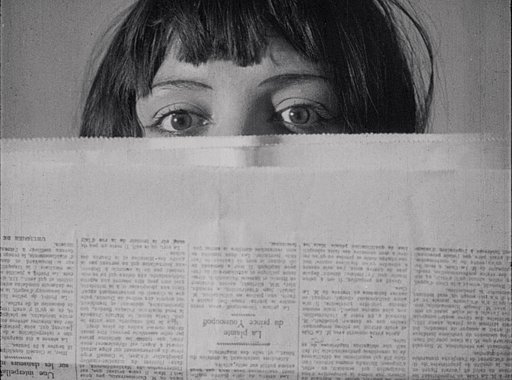Testing a Yashica TLR Camera After 55 Years in Storage
5 14 Share TweetThough I am not a professional, photography is in my genes. My father was a photographer and technician in the Air Force and accumulated a number of cameras during his life. This is a story about one of those cameras, a Yashica 635 TLR. I brought the camera—after being in storage for about 55 years—back to life with a roll of Portra 160 during the golden hour at Bellevue Botanical Gardens in Washington.
I inherited several cameras from my father. One of them is a Yashica 635 Twin Lens Reflex (TLR) camera with a fixed Yashikor 80mm f/3.5 lens. Though the camera had been in storage since his death, it is still in excellent condition. As far as I can tell, this camera hadn’t been used in about 55 years. After a quick cleaning and dry run with a test roll, it was ready for a sunny day. I live in Seattle, so I had to wait a while for some brightness.
When the sun finally appeared through the clouds late one afternoon, I faced my first decision: 120 or 35mm? The Yashica 635 is a dual format camera. The "6" stands for 6 cm, which is the 120 format. Similarly, the "35" is for 35mm format. It was one of the last TLRs that Yashica built at a time when 35mm was becoming very popular. It might even be considered a first-generation "bridge" camera. Margaret Mak has an informative write-up about the camera's technical details.
I decided to use a roll of Kodak Portra 160 because of its fine grain and the beautiful way it records warm, late afternoon light. Also, the 120 format is what the camera was originally designed for.
My goal for this first roll was depth-of-field testing. All photos were taken hand-held at f/3.5, f/4 or f/5.6 at 1/100th of a second. Here are some of the results.
These two photos are all about textures. When I scanned these, I was really surprised by the bokeh. It's almost circular, a bit like the Petzval lens. I'll certainly be shooting another roll at f/3.5 to achieve the same effect.

I am pleased with this one. I did it at f/3.5 because of the very busy background. The blossoms and branches in the plane of focus have a bit of a 3D effect, which I like.

The edge of the shōji (door) is 3 meters away and the aperture is at f/5.6. The distant background still has quite a bit of detail, so subject isolation isn't that good, in my opinion.

The real subject of this next photo is the patch of light that happens to have some flowers in it. I did this at f/5.6 with some more intentional foregrounding. The ground glass viewfinder made selecting a focal range very easy. Can you see the hobbit hole in the shadows?

This next photo is a back-light shot of another flower clump from the same patch. It's a bit over-exposed at f/4, but the flowers are light yellow and I think the color balance is nice. The background bokeh is a nice surprise.

This scene is a tranquil part of the gardens, good for reading or meditating. It's also popular among wedding photographers. The light was beautiful, so I just set focus to infinity and f/5.6 to test the depth-of-field range. I selected Portra precisely for this kind of afternoon glow.

The scene looked much more impressive than the camera recording! The sun was close to setting and I was limited to f/4, which didn't provide enough depth of field. However, I really liked the scene and wanted to create something with it. (Just a few feet away is the large gate to the Yao Garden.)

This photo blends the pond and the garden gate. They seemed to be a good pair for double exposure. It was a gamble but I'm happy with the overall result.

This last shot is my favorite. I waited until the sun was just touching the horizon, truly the golden minute. I'm breaking many rules of composition with this photo, yet it seems nicely balanced in the square, 6x6 format. I hope you agree.
The Yashica 635 TLR is quite heavy. It weighs more than the mirrorless kit I usually travel with. Composing photos looking down instead of straight ahead was a challenge. I had to pivot and tilt the camera instead of my body. It is a bit difficult for me to imagine my father carrying this camera all around Europe for all the years he used it. As for me, I had to plan specific locations ahead!
Regardless of the weight, this camera will not be returned to storage for another 50 years. I hope to use it once a month to keep it in working condition.
This review was written by Community member billseye. Set up a LomoHome and follow billseye more of his reviews.
written by billseye on 2015-05-11 #gear #nature #washington #review #sunlight #kodak-portra-160 #bellevue-botanical-gardens #yashica-635-tlr





















5 Comments